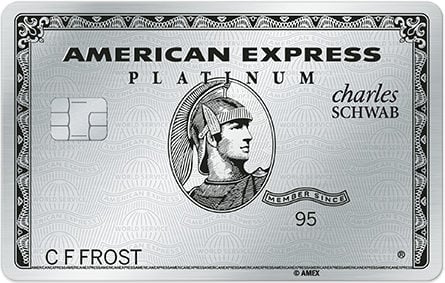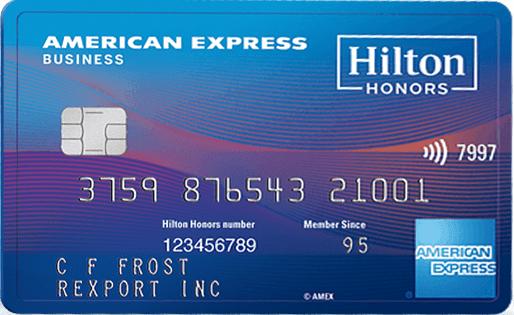
Being in over your head in debt is stressful (to say the least). It can be a hurdle that keeps you from reaching financial goals or achieving certain milestones (think: homeownership, marriage, school or a robust retirement fund). Fortunately, you have time-tested debt repayment strategies at your disposal to reduce, manage – and maybe even eliminate – debt.
If you’ve never tried the debt avalanche method, you’re missing out on a popular, tried-and-true approach to paying down debt fast. The debt avalanche method pays down your debt strategically, tackling your highest-interest debt first and putting you on the fast track to debt relief.
Debt Avalanche Method, Explained
Here’s how the debt avalanche method works: You list all your debt in order of interest rates and start paying down your highest-interest debt first. You apply any extra cash toward your highest-interest debt (while making minimum payments on your other balances). Once you’ve paid off that first debt, move on to the next highest-interest debt – and so on until you’re done.
Pay off, roll over extra cash and repeat.
When you work on your debt in order of interest rates, you eliminate the debt that is costing you the most money. Paying off your higher-interest debt (like credit card balances) can help you save money in interest, which can help reduce your debt faster.
How To Use the Debt Avalanche Method To Pay Off Debt
Now that you have an overview of the debt avalanche method, we’re going to give you a quick step-by-step breakdown:
- Review your budget: Is there extra money in your budget that you aren’t using? Can you cut something out, like a streaming service or a delivery membership, to free up some cash? When you find money, throw your extra cash at your debt.
- Create a list of what you owe: Create a list or spreadsheet that orders your accounts from the highest rate to the lowest interest rate balances, including fields that categorize the debt (think: loan or credit card) and indicate minimum payments.
- Make minimum monthly payments: While you’re paying off your highest-interest debt, you’ll make minimum monthly payments on the rest of your bills.
- Make extra payments on the balance with the highest interest rate: Put your extra cash toward the debt with the highest interest rate.
- Move on to the next account: With the debt avalanche method, the extra cash you use to pay off your highest-interest debt rolls over to pay off your next highest-interest balance.
Pros and Cons of the Debt Avalanche Method
Pay less in interest
You should pay off your highest-interest debt first because compound interest makes your debt more expensive by the month. Interest gets added to your balance, and the larger balance earns more interest. The amount of interest that accrues will multiply every month you don’t pay down your balance.
Get out of debt faster
The debt avalanche method can shave down the time it takes to pay off your debt. As long as you make consistent monthly payments, you’ll accumulate less interest (especially for a large balance). The reduction in interest should make the debt easier to pay off.
Can be discouraging
If you have a big balance on your highest APR credit card, it could take a while to pay it off, which can be discouraging. Although you’ll pay off all your debt much faster, it may take a while to pay off any high-interest debt attached to a high balance.
Need steady income
You’ll need a stable income that allows you to pay for your daily expenses, make the monthly minimums on your other bills and make extra payments on your highest-interest debt.
Debt Avalanche Method vs. Debt Snowball Method
The debt avalanche method isn’t the only debt repayment strategy in town. Have you heard of the debt snowball method?
It’s the opposite of the avalanche method. Instead of paying off debt by prioritizing interest rates, the snowball method prioritizes balances. It targets your smallest balance first – no matter the interest rate. Once the debt is paid, you roll over the extra money you used to pay it off to pay off your next smallest debt.
The snowball method pays off your smallest balance first, which is good for anyone motivated by quick wins. But, the debt avalanche method is the best way to go if you want to save money and get out of debt fast.
Alternatives to the Debt Avalanche Method
If the avalanche or snowball method doesn’t work for you, you should look into other strategies to pay off your debt.
Here are some other common debt repayment strategies:
Debt consolidation
With debt consolidation, you roll all your outstanding debts into a single loan with a single monthly payment. To consolidate your debt, you apply for a debt consolidation loan (often an unsecured personal loan) with a bank, credit union or online lender. Ideally, you’d get a lower interest rate and a longer loan term to make your monthly payments lower.
Refinance
If you struggle to repay your loans, talk to your lender about refinancing them. If you have a good credit score, you may get a new loan with a lower interest rate, or you may be able to extend the loan’s term to lower your monthly payment.
Depending on your lender and the loan you’re trying to refinance, your lender may help you develop a debt repayment plan. For example, you may qualify for an income-driven repayment plan to help pay off federal student loans.
Balance transfer
Another way to consolidate and pay off is by getting a balance transfer credit card with a low- or no-interest introductory rate. But the promotion won’t last forever. After the intro period ends, the card’s APR will jump – and high. To take full advantage of the introductory period, you’ll need to pay off the card balance before it ends.
Clearing Out Debt One Balance at a Time
To clear debt from your path, you may need the speed and momentum of an avalanche: a debt avalanche. Harness the power of the debt avalanche method to save money and time – all of which you can use to get back to living your best financial life.




